FLIR ONE Pro - Inside Uses
Posted by Wesley on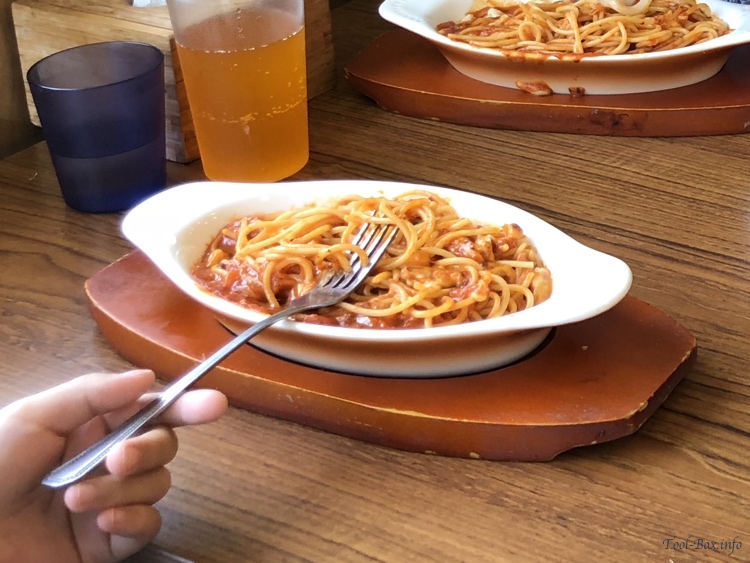
Oven-baked spaghetti looks innocuous at a casual glance
Indoor uses of thermographic imaging camera include finding leaks of heat or water, owing to the fact that people doing repairs may have the budget and the repeated usage that justify owning such a device. But as the cost to buy one goes down and the size becomes small enough to carry in a pocket, more uses come up. The one I found useful in raising kids is cooking and food safety. As you can see here, a bowl of spaghetti straight out of an oven didn't look particularly dangerous at first...
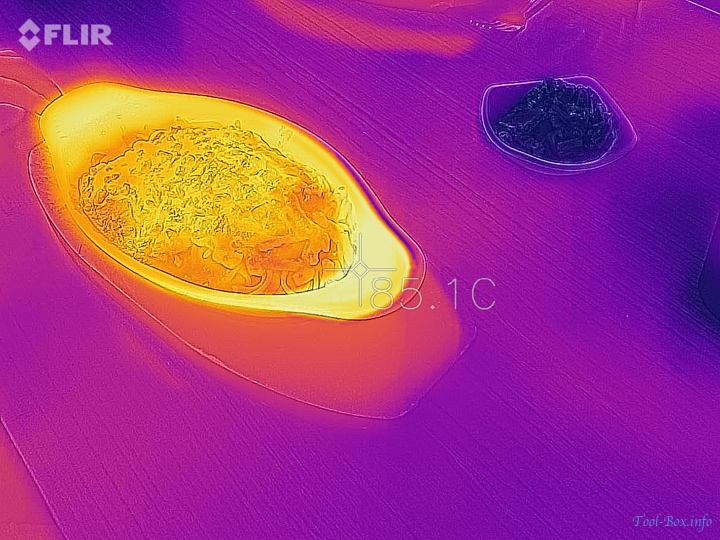
But the bowl is quite hot at over 85C, enough to cause a burn
But with FLIR ONE Pro, you could see that the handle was quite hot. The spaghetti itself was also sizzling at over 70C. This image served as a good way to teach my kids why they should be careful with a bowl that came out of an oven.
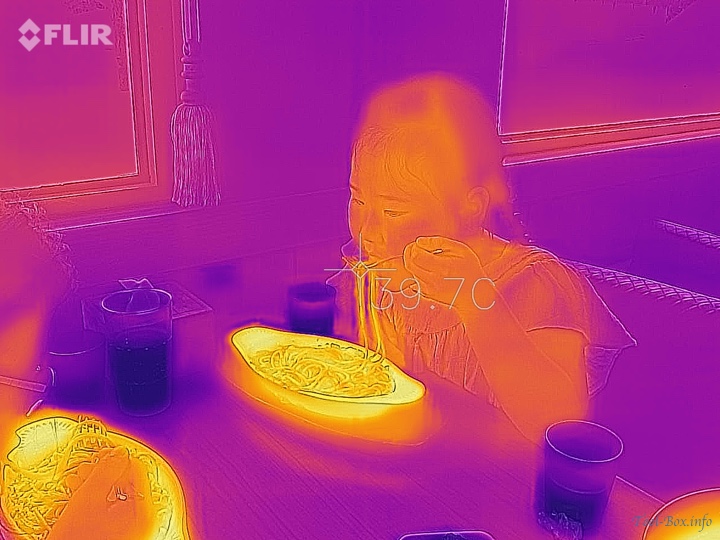
And you would want to make sure that the food itself isn't too hot to eat
It doesn't end there. They were going to eat the spaghetti, so it would be good to know if it would be cooled down enough for them to eat it. Again, the thermographic image was used to double-check that they weren't going to burn their mouths.

Microwavable corn dog is frozen at less than -10C
With microwave cooking, we deal with an entirely different problem - the food item becoming unevenly heated. Without thermographic data such as the one provided by FLIR ONE Pro, it's hard to precisely diagnose this, usually relying on touching or sampling the food only to realize the problem later. I had been frustrated by this many times before, any improvement was welcome.
Here, we had a frozen stick of a corn dog taken out of a fridge. It was measured to be nice and cold at -10C, easily illustrating FLIR ONE Pro’s ability to measure sub-zero temperatures.
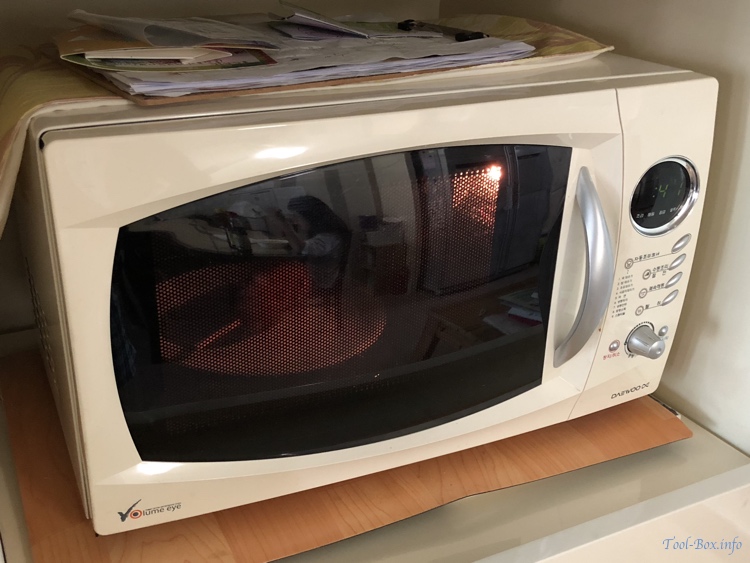
So I try to heat it up in a microwave for one minute
Following the instructions on the package, I heated the corn dog in the microwave for 60 seconds. One would hope that it would be heated and ready to eat after that.
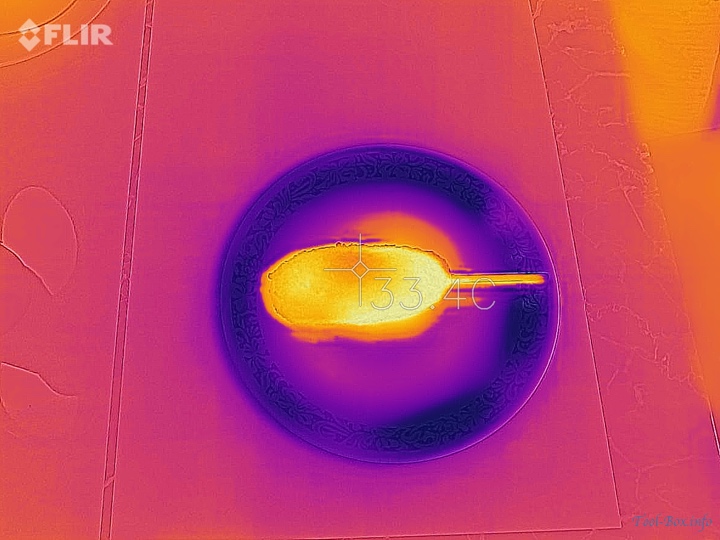
But the center of the corn dog isn't quite heated up enough
But the reality was that the center was not quite heated enough at all. It was about 50C colder than the edges, so if I just ate this, I would have had to throw it back into the microwave about half way through. Thankfully, FLIR ONE Pro gave me an advance warning, so upon checking the image I re-heated it without taking a bite.
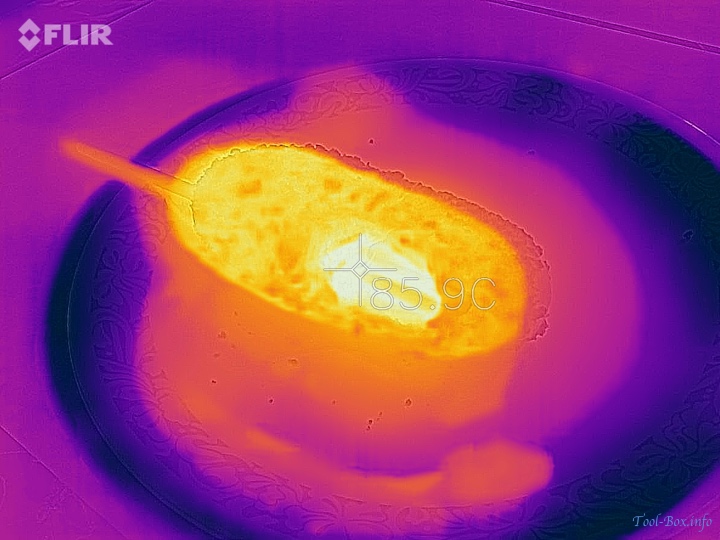
After heating it again for another minute in a different position, it was now hot to the center
The re-heating did the trick and I could verify that it was cooked well all the way to the center. With thermographic imaging, the guesswork involved with microwaves was no more.
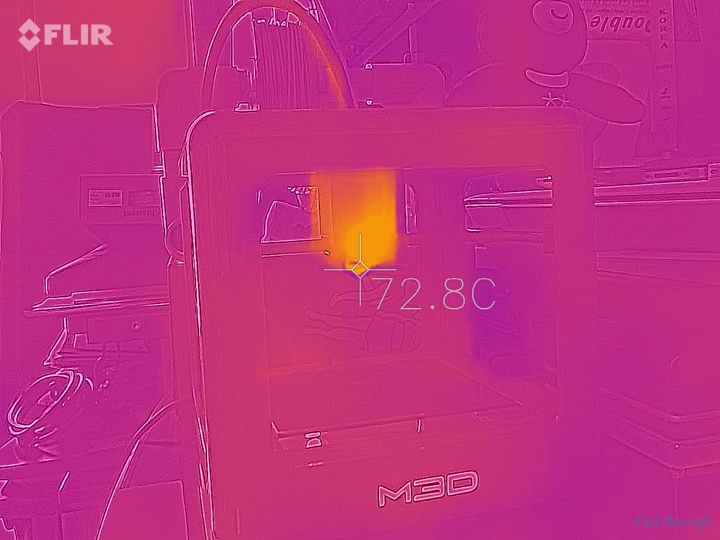
Thermal imaging is useful for checking the status of a hot-end of a 3D printer
There is another temperature-critical application I deal with at home and that is 3D printing. Plastic filaments are heated in excess of 200C and extruded to form tangible items, and proper temperature control is crucial to avoid warping and extrusion issues. Because of the high temperatures involved, FLIR ONE Pro’s wide detection range (-20 to 400C, compared to -20 to 120C for 3rd generation FLIR ONE) is ideal.
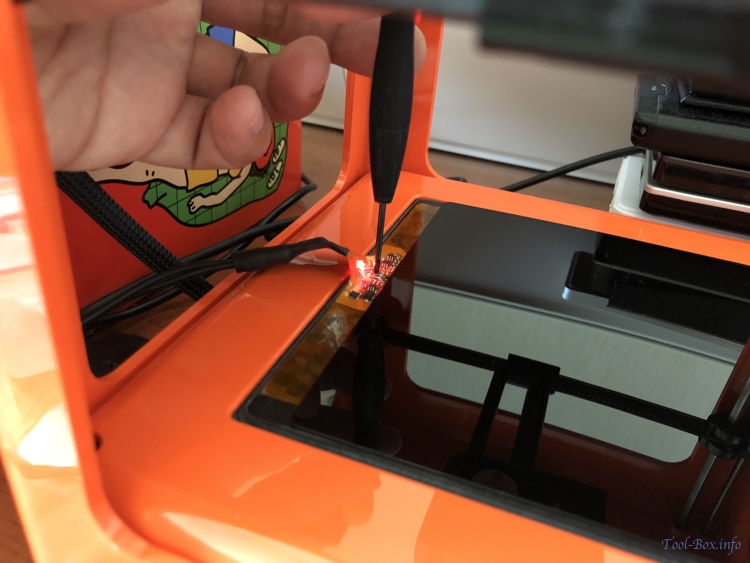
And more importantly, for adjusting temperature of a manually controlled hot-bed
The 3D printer I use, Micro+, does not have a heated printing bed (hot bed) by default, so I bought a hot bed add-on later. Unfortunately, the hot bed does not communicate with the printer, nor does it let you know how hot it is. I need to manually adjust the target temperature by turning a tiny knob with a screwdriver. This rudimentary system requires a lot of trial and errors if you don’t have a way to measure the temperature. This is where FLIR ONE Pro comes in and saves a lot of pain.
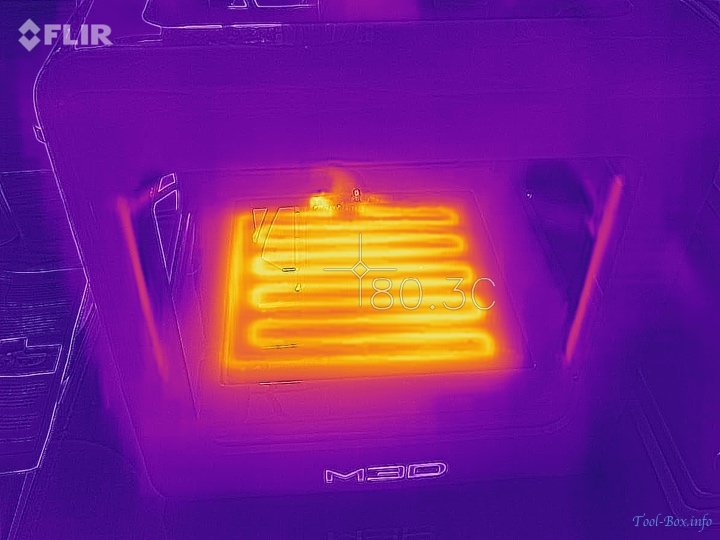
The hot-bed has reached 80C, which is a bit too hot for PLA printing
As you can see here, the heating element under the hot bed isn’t densely packed, so a single target infrared thermometer gun or a temperature sensor at an end may not work quite well, but FLIR ONE Pro does. I was able to see the temperature changes in real time as I adjusted the knob to get to the 70C required for PLA or 110C for ABS.
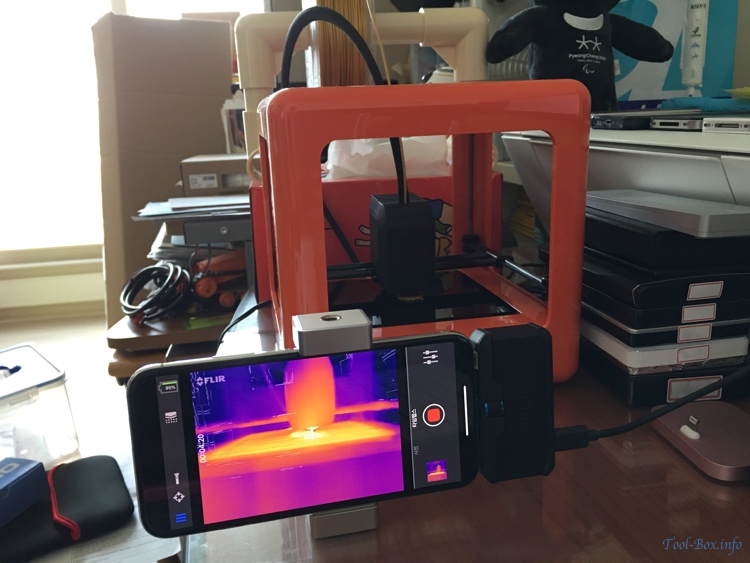
Time-lapse monitoring of a 3D printing session can help diagnose possible problems
Once the printer is fully set up, FLIR ONE Pro can then switch to time lapse video recording mode to monitor the progress of the 3D printing session. I could see the heat distribution of the model being printed, as well as the status of the extruder. Delay before the recording, frequency of the snapshots, and the speed (in frames per second) of the output video can all be set just before the recording, so I used 5 seconds / every 1 second / 15 FPS setting here. Note that the integrated battery was not sufficient for a long time lapse video, so I left the USB-C charging cable connected during the recording.
The hot bed was found to warm up the bottom of the model in a consistent manner to keep it stick to the bed and prevent warping. But something went wrong with the extruder mid-way through the print and the filament stopped coming out of the nozzle. I will need to take a closer look at the video to see what was really happening and find a fix.
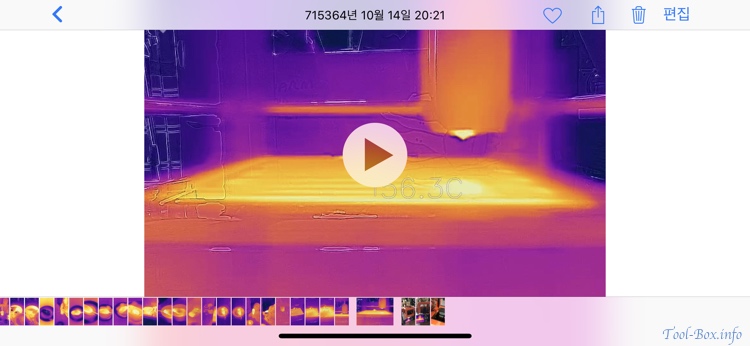
A bug in FLIR ONE app for iOS causes videos to have wrong timestamps (year 715364? really?)
On the matter of recording a video (both regular and time lapse) with the FLIR ONE app, there seems to be an annoying bug in the current version (3.1.16) that puts a wildly incorrect time stamp on the videos as you can see here. I hope this is remedied soon. It’s a minor annoyance, but hurts the professional fit and finish that FLIR is known for.
In summary, FLIR ONE Pro is a versatile infrared thermographic imaging camera module for smartphones that has many uses in everyday life, both indoors and outdoors. The intuitive images that it provides is an excellent tool for the kids in teaching heat-related safety as well as helping hobbyists in activities such as cooking and 3D printing.
As for myself, it seems that the performance and portability improvements from the 1st generation is substantial enough that I’m now seriously considering an upgrade. I applaud FLIR for making continuous improvements to a product that is set to popularize thermographic imaging.
Legal Disclaimer: The product (FLIR ONE Pro) in this article was loaned by the manufacturer (FLIR Korea) under the agreement to produce this review.
Defined tags for this entry: 3D printing, camera, corn dog, FLIR One, Hayun Chung, hot-bed, hot-end, infrared thermal imaging, microwave, restaurant, sensor, spaghetti